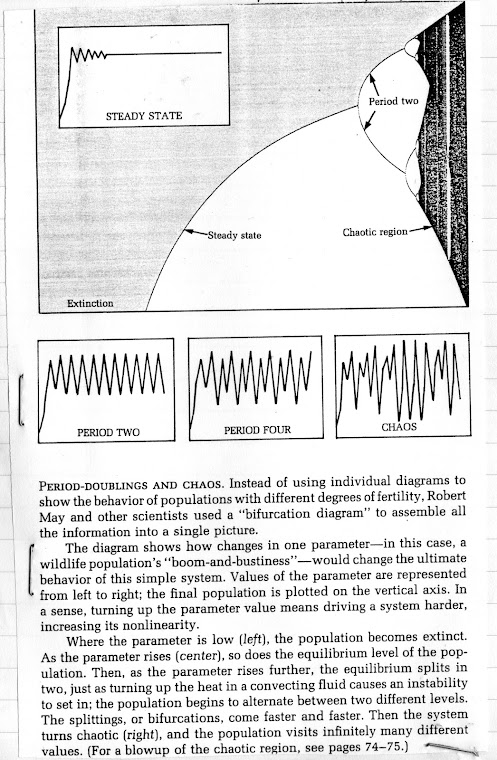[Redbook8:134-135][19901221:1809]{Crisis}[21st December 1990]
19901221.1809
‘In the twentieth century, though the idea of progress has certainly not disappeared, it has been rivalled by ideas of cyclical change and of degeneration of society. It is hard to miss the currency of ideas in modern times – status, community, purpose, moral integration, on the one hand, and alienation, anomie, disintegration, breakdown on the other – that reveal only too clearly the divided nature of man’s spirit,* the unease of his mind.**
*
**[Encyclopaedia Britannica 27:372 (per next entry)]
[continued]
[PostedBlogger3011for01122022]






